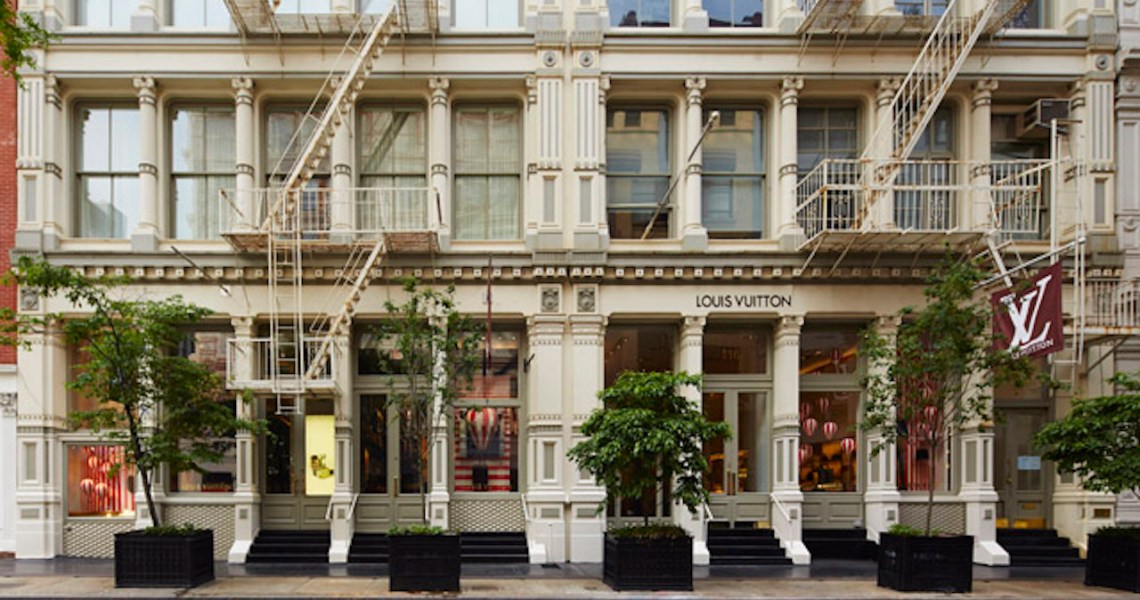The past few years have seen the number of independent luxury brands dwindle as the big groups — LVMH, Kering, Richemont and, to a lesser extent, Capri Holdings — have consolidated their hold over the luxury world. The ongoing pandemic has only increased conglomerates leverage over the industry, putting them in a perfect position to snap up even more struggling independent brands.
In the last five years, independent luxury brands like Versace, Michael Kors, Jimmy Choo, Rimowa, Dior, Fenty, Buccelatti and Ulysse Nardin were all acquired by luxury conglomerates. The vast cash reserves that luxury groups have amassed has made them highly resilient to the pandemic crisis.
“Luxury brand conglomerates benefit from economies of scale, centralization of capabilities, access to capital as well as access to an exclusive network of suppliers,” said Katrin Zimmermann, managing director for the Americas at TLGG Consulting. “As countries around the world recover from Covid-19 at varying speeds, the access to different markets around the globe will further benefit large conglomerates.”
Meanwhile, independent brands like Mulberry and Tiffany & Co have had a rough few months. Mulberry said on Monday that it would be laying off 25% of its staff, nearly 500 people. In the first quarter of 2020, independent brand Salvatore Ferragamo lost $46 million, while it made a profit of $21 million in the same quarter last year. Tiffany saw its same-store sales fall by nearly 50% in the first quarter of 2020.
The conglomerates have fared much better. While Kering has had some loss of revenue, it’s showed much more resilience to the effects of coronavirus. Bottega Veneta, which has become one of Kering’s fastest growing brands, has seen sales increase by nearly 9% since the pandemic began. The group has not instituted any layoffs and has struck up new partnerships, like a June 4 deal to produce eyewear for Chloé, itself a part of another luxury group, Richemont.
LVMH still has a nearly a $200 billion market value and, according to some analysts, it’s poised to survive the pandemic mostly unscathed. These giant conglomerates are behind a vast majority of the revenue in the fashion world. A 2018 study from McKinsey found that, in 2017, 20 fashion companies, including conglomerates LVMH, Kering, Richemont and Inditex, took in 97% of the entire industry’s profits. Their hold on the industry has only gotten stronger since then. LVMH and Kering declined to comment on their acquisition strategy for this story.
“In a crisis, your cash reserves and ability to raise cash is critical,” said Ben Parr, co-founder and president of marketing platform Octane AI. “Even medium-size businesses don’t tend to have a ton of extra cash laying around. They go season by season, and even one quarter of severe disruption can be devastating. But a huge company like LVMH can weather multiple quarters of reduced revenue due to just how much cash they have.”
Ad position: web_incontent_pos1
This leaves the conglomerates in a perfect place to continue their acquisition spree, which can be seen in the ongoing saga of the LVMH-Tiffany deal. The deal was announced in November of 2019 for $16.2 billion, but the pandemic threw a wrench in the initial plans. Tiffany’s vast losses and LVMH’s relative stability prompted LVMH CEO Bernard Arnault to ask for a lower price, which Tiffany has resisted, according to a report from CNBC. This has lead to a standoff.
“Independent brands like Tiffany need the cash that LVMH has right now,” Parr said. “LVMH still wants Tiffany — it’s a good asset and it makes sense — but LVMH has even more leverage now to get a lower price.”
But conglomerates buying up independent brands leaves very little on the table for non-conglomerate brands to gain any significant traction. The McKinsey study also found that the top 20% fashion companies (based on revenue) took 128% of 2017’s total fashion profits.

In other words, the massive concentration of fashion revenue among a small minority at the top is actively suffocating smaller brands at the bottom.
Ad position: web_incontent_pos2
“My theory is that all these bigger companies buying up smaller companies has really made all the focus on numbers,” said fashion designer Anna Sui. “It doesn’t allow for creativity. And I hope there will be more of a turn toward smaller, artisan, hand-crafted brands, like the way the arts and crafts movement was a reaction to the industrial revolution.”
“I strongly believe that if a luxury brand can resist being acquired, they should,” Parr said. “They’ll end up in a better position after this is back to ‘normal.’ Advertising will be cheaper — the cost of customer acquisition during the pandemic has dropped a lot. There are benefits to being part of a conglomerate, but if you have a strong cash flow and you’ve got e-commerce going, you’d be in a good spot.”




